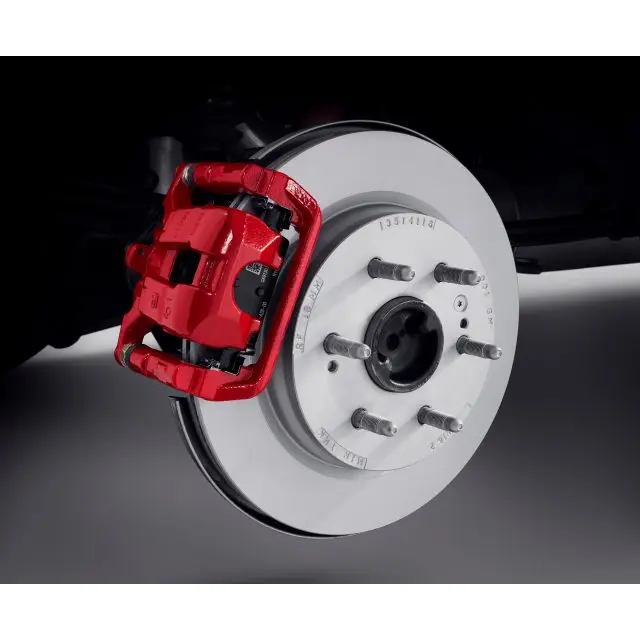In the automotive aftermarket, distributors constantly face a critical question: how to balance inventory risk with profit potential. While the market for standard replacement brake pads and rotors is vast and stable, the growing niche for high-performance braking kits presents an intriguing opportunity. These all-in-one systems, featuring multi-piston calipers and oversized rotors, offer higher margins but come with significant challenges. For a distributor, deciding whether to invest in stocking these kits is a strategic move that requires careful consideration.
The Case for Investing: High Reward, High Visibility
There are several compelling reasons for a distributor to enter the performance braking market.
- Higher Profit Margins: The most immediate and obvious benefit is profitability. A single performance brake kit can yield a higher margin than dozens of standard brake pad and rotor sets. This can significantly boost a distributor’s average order value and overall revenue.
- Brand Positioning: By stocking premium performance parts, a distributor can position itself as a specialty supplier. This elevates brand perception, demonstrates a commitment to quality, and attracts a more sophisticated and discerning customer base.
- Access to a Niche Market: The high-performance automotive community—from race enthusiasts to custom car builders—is a loyal and knowledgeable demographic. They often seek a reliable source for their parts, and being that source can secure long-term business and positive word-of-mouth.
- Cross-Selling Opportunities: Customers purchasing a high-end brake kit are often in the market for other premium parts, such as stainless steel brake lines, high-temperature brake fluid, and specialized brake tools. This creates valuable opportunities to increase the size of each sale.
The Challenges of Investment: High Risk, Slower Turnover
Despite the allure of high margins, stocking performance kits is not without its risks.
- Significant Capital Investment: Performance braking kits are expensive. Stocking a sufficient variety of applications to meet market demand requires a substantial upfront capital investment. This can tie up valuable cash that could be used for faster-moving inventory.
- Slower Inventory Turnover: Unlike everyday replacement parts, performance brake kits are not a high-volume item. They will likely sit on the shelf longer, increasing carrying costs and reducing a distributor’s inventory turnover rate.
- Required Expertise: Selling these products requires a sales team with a high level of technical knowledge. They must be able to confidently answer customer questions about piston count, rotor size, compatibility, and the unique benefits of various brands.
- Increased Technical Support: Customers of performance parts may require more after-sales support for installation and troubleshooting. This means a distributor needs to have a dedicated technical support team or strong relationships with their suppliers’ support staff.
A Strategic Approach to the Decision
For a distributor considering this investment, a strategic approach is essential.
- Analyze Your Market: First, assess your local market. Are there professional performance shops, racetracks, or car enthusiast clubs nearby? These are strong indicators of existing demand.
- Start Small: Instead of committing to a massive inventory, consider a pilot program. Start with a single, popular brand and a limited number of kits for the most common performance vehicles.
- Focus on Key Partnerships: Build strong relationships with a few key performance shops. They can provide valuable feedback on which kits are in demand and can act as a referral source for other customers.
Conclusion: A Calculated Risk for the Right Distributor
Ultimately, the decision to invest in stocking performance braking kits is not a simple “yes” or “no.” It is a calculated risk. While the high margins and brand-building opportunities are compelling, the significant capital investment and slower inventory turnover must be carefully managed. Therefore, for the right distributor—one with a strong financial position and a commitment to technical expertise—this investment can be a powerful engine for growth and a key differentiator in a crowded market.



